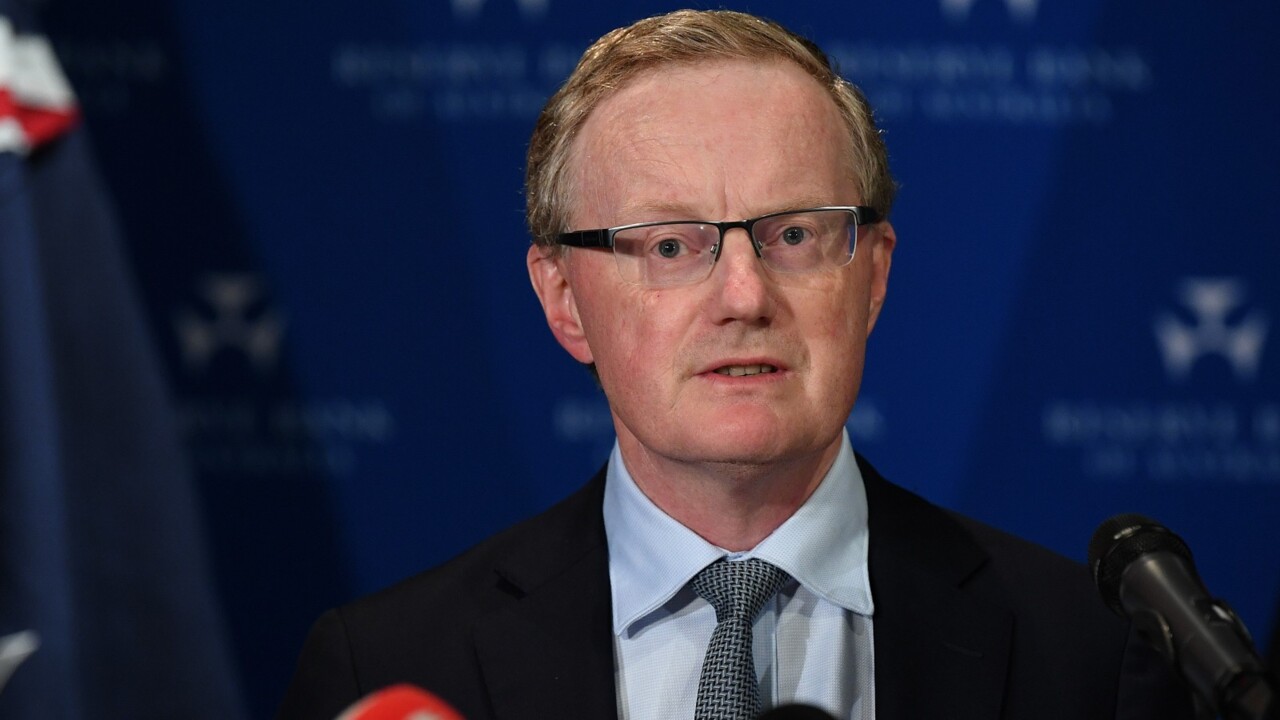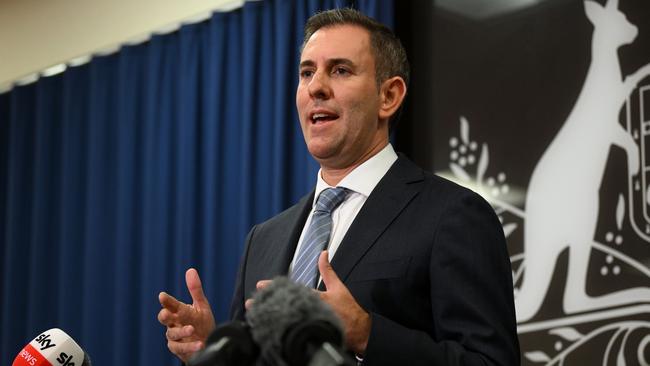
The biggest test for this is whether there would have been fundamentally different economic outcomes – including a cash rate lifted to a decade high – had all the proposed reforms outlined by the RBA review already been in place before a global pandemic hit.
For RBA governor Philip Lowe – whose job is on the line – the answer is not really.
Lowe has just returned from Washington, where he attended the annual meetings of the IMF and World Bank with dozens of other central bank bosses, and has hardened his view that global growth across the northern hemisphere is likely to be subdued. And like Australia, other central banks are grappling with the same issues of high inflation and low growth.
“No matter what structure you have at the central bank, you have to deal with those things,” Lowe said at a briefing. “I think it’s not correct to say that a different decision-making structure would mean fundamentally different outcomes in these areas,” Lowe added.
“We’re really talking about improvements at the margin”.
And that’s the measure that the Treasurer needs to set before he goes about remaking an RBA that fundamentally works.
As the review of the Reserve Bank acknowledges, Australia’s economic performance for the past three decades has been strong, in part because of the RBA’s flexibility in managing interest rates. So why the urgency to change it?
The reality is the package of recommendations from the 294-page final report offers increased political cover when interest rates surge and unemployment rises.
And it gives Chalmers, a first-term treasurer hungry to make his mark as a reformer, a big-ticket project to work with and one that comes at an exceptionally low political cost.
The landmark review, “An RBA Fit for the Future”, has promised to bring Australia’s central bank into the modern age, and the surprise is the structures are not in place already.
The bulk of the 51 recommendations are based around work that many other public and private sector organisations have been doing for years: that is, building out improved governance, oversight and accountability.
These recommendations are evolutionary moves that are long overdue rather than a fundamental restructure. However, these changes will still come at the cost of the RBA governor.

The review implicitly suggests different leadership is needed at the bank, particularly after policy mistakes were made during the Covid-19 pandemic as interest rates were slashed and long-term forward guidance issued that promised that the cash rate would stay near zero for years.
It also highlights that there is a culture inside the bank where senior leadership is “not challenged when they present their own narrative” and the board is shielded from internal staff debate. This raises the question of whether Lowe is right for the rebuild.
All this means it is likely Lowe will become a single-term governor when his current seven-year contract expires in September.
However, the RBA boss was standing his ground, putting the pressure back on Chalmers to make the call whether to secure an extension.
“It is entirely up to the government whether I consider to serve in this role after September. If I was asked to continue – I would,” he said.
Lowe has carried much of the public backlash for soaring inflation and his clumsy jawboning of the economy in the eye of the pandemic. He has defended his handling as overinsuring the economy for what could have been a catastrophic outcome.
But he has also become a convenient political scapegoat for a new government as homeowners are slugged with supersized interest rate rises as Australia – and the world – grapples with out of control inflation. Chalmers has unfairly allowed the heat to remain on Lowe, saying he intends to turn his mind to the governor’s reappointment closer to the middle of the year after consulting with Anthony Albanese and his cabinet colleagues.
Being a central bank governor is a tough job and someone still has to raise rates when inflation is running.
If Chalmers is planning on finding a new Reserve Bank boss, he needs to make the call sooner rather than later. And who is going to do it? Australia can’t afford its most important economic institution to be operating under a leadership vacuum while an inflation fire is raging and major rewiring of the central bank’s internal structures has been called for.
RBA rebuild
Many proposals from the review, including installing a chief operating officer and building a more flexible culture, are long overdue and more about good organisational structures, accountability and governance.
Indeed, the RBA – including before Lowe’s time – should have been evolving along these lines over the years as its functions have grown and demands including around technology become more complex.
However, the RBA review’s temptation of being more prescriptive around the functioning of monetary policy can also limit the flexibility of the tools in dealing with the unexpected nature of economic shocks, which can come from wars to pandemics.
Australia has operated under an inflation target framework of 2-3 per cent since the early 1990s and the range and the ambiguous timeframe to reel inflation back into the range has served the economy well through the years.

All this means Australia is one of the very few countries to claim an unbroken run of no recessions for three decades, including through the Covid years. Canada, the eurozone, the UK and the US have all stumbled on this front.
But the review wants the RBA to aim for the mid-point of this inflation band when inflation has deviated materially from target.
It also tightens the timeframe of getting inflation under control by dropping the “on average, over time” language, and demands the RBA to explain, when deviations occur, how long it expects to be away from its target, and why.
All this threatens to put greater restrictions around how the RBA runs monetary policy.
Strangely, the review appears to endorse a view that interest rates should have been lower in the years leading up to 2019 given Australia was consistently undershooting its inflation target. That ignores that bank regulator APRA put the brakes on lending in the same period around fears that low interest rates were stoking a property bubble. Indeed, Lowe resisted rate cuts at the time, given concerns around financial stability.
Meanwhile the elevation of the objective of “full employment” and “price stability” to be legislated in the RBA Act, and giving equal weighting to both, could see the two objectives in conflict with each other – all things being equal, full employment demands a lower cash rate, while soaring inflation is the opposite.
Seeking to define full employment is problematic and a stricter interpretation of the mandate could open the door for a government to heap pressure on the RBA for when the unemployment rate drifts up. Lowe concedes in the short run there can be a trade-off between the two objectives, but over time they can be consistent with one another.
As widely expected, the RBA review called for a split between the operational and governance aspects of the central bank’s board and its monetary policy decisions. Currently everything is from risk management and governance to interest rate calls handled by a single nine-member board.
This kind of structure is increasingly at odds with global central banks, with an acknowledgment that a single board of such an important institution can’t do it all. A new interest rate-setting board and improved communication from the RBA will turn down the heat on the treasurer when it comes to households suffering from rising interest rates.
Employment numbers also come with a deeply political edge so this gives governments an easy way out as jobless numbers rise.
With the economy slowing heading into the next election cycle, the proposed changes will helpfully keep the heat on the RBA and away from Chalmers.
johnstone@theaustralian.com.au
More Coverage










Jim Chalmers needs to tread carefully before rushing into accepting all the recommendations of a landmark review into the Reserve Bank without seriously considering their implications.